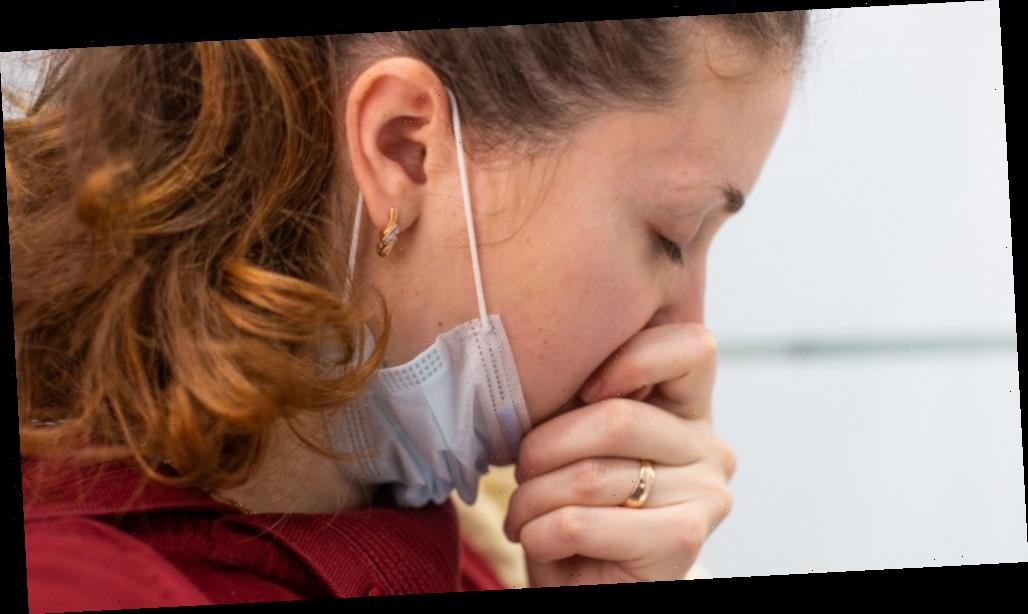
What do the common cold, the flu, chicken pox, measles, mumps, and tuberculosis have in common? Other than the fact that these represent a collection of highly infectious diseases, you can get sick with any one of them just by breathing close to someone who is sick. Healthline reports these illnesses, also known as airborne diseases, spread when an infected person talks, sneezes or coughs. Because these airborne pathogens are so tiny, they can be suspended in the air for an extended period of time, and they can also cover distances of more than one meter before they may potentially infect a person.
Since the COVID-19 pandemic began, the World Health Organization (WHO) has repeatedly said that the coronavirus isn’t airborne, and that the virus spreads from person to person through droplets from the nose or mouth of someone infected. Recently, the WHO has changed its stance on the novel coronavirus, to say that airborne transmission may actually be possible, and that small particles from a sick person, also known as aerosols, can infect someone if these aerosols are potent enough. But the WHO also said it didn’t know how much of the virus needed to be transmitted in order for a person to become infected (via Health).
Scientists are still unsure how COVID-19 spreads so quickly

Even though the world has been fighting this pandemic for what seems like forever (The New York Times reported the first coronavirus case appeared in the U.S. in late January), the fact is scientists still don’t know very much about it — which is why they are still divided over just how COVID-19 spreads. David Heymann, chair of the WHO’s strategic and technical advisory group on infectious hazards, explained, “There is limited evidence that aerosols generated by talking, coughing, or sneezing can spread more than [one meter], thus becoming airborne, and there is limited evidence that airborne transmission plays a role in the community spread of Covid-19.” (via The Guardian)
But other doctors disagree — and they’ve released a letter urging the WHO to “address the airborne transmission of COVID-19”, which is what prompted the WHO to change its original stance. “I don’t think you can explain some of the larger super-spreading events, such as choir outbreaks other than by aerosols traveling greater than [one meter],” Donald Milton, professor of environmental health at the University of Maryland and co-author of the letter, told The Guardian.
Classifying COVID-19 as airborne may help stop its spread
Benjamin Cowling, a professor at Hong Kong University believes that classifying the coronavirus as an airborne disease may go some way in helping to prevent its spread, per the BBC. Cowling is one of more than 200 experts who signed the letter. “…If we’re thinking about aerosol transmission being a particular risk, then we need to think about how to prevent larger super spreading events, larger outbreaks and those occur in indoor environments with poor ventilation, with crowding and with prolonged close contact,” he stated.
If anything, recognizing COVID-19 as an airborne disease further supports the CDC’s recommendation issued on June 28, urging everyone to wear face masks in public places, particularly when social distancing cannot be maintained. The CDC also says that cloth face coverings “most likely” reduce the spread of COVID-19 ” when they are widely used by people in public settings.
Source: Read Full Article

